Clotted cream is a popular dairy food from England with a thick texture and a delicious taste.
With a high fat content coming somewhere between heavy cream and pure butterfat, clotted cream is incredibly rich. Traditionally served alongside English tea and scones, this dairy product has a history going back hundreds of years.
But what exactly is clotted cream?
In this article, we explain everything from its nutrition profile to how it’s made, and how to use it.
Key Nutrients in Clotted Cream
Key nutrients in a two-tablespoon (28g) serving of clotted cream:
- Calories: 163 kcal
- Carbohydrates: 0.65 g
- Fat: 18.0 g
- Saturated fat: 11.25 g
- Protein: 0.45 g
- Cholesterol: 48.19 mg
- Vitamin A, RAE: 232 mcg (26% DV)
Table of contents
What Is Clotted Cream?

Clotted cream is a type of English cream that contains significantly more butterfat than heavy cream.
Unlike regular cream, it does not have a liquid consistency—it is thick and spreadable in a similar way to cream cheese.
Clotted cream is thought to originate from either Cornwall or Devon in the United Kingdom, and it is also known as ‘Cornish cream’ and ‘Devonshire cream.’
Since 1998, Cornish clotted cream has held an EU Protected Designation of Origin (PDO) within the European Union. This PDO means that no product can be called ‘Cornish clotted cream’ unless it meets the following criteria (1):
- A minimum butterfat content of 55%
- Produced within the geographical region of Cornwall
- The cream should be heated until it forms a thick crust on top
While the butterfat content has to be a minimum of 55%, clotted cream typically exceeds this, with the precise amount varying by brand.
Origin
Some speculation suggests that clotted cream was first made by monks in the 11th century (2).
However, the first recorded mention of the cream comes from the desserts section of a traditional recipe book published in 1658 called ‘The Compleat Cook‘ (which isn’t a spelling mistake!) (3).
Taste and Appearance
Producers use pasture-raised fresh milk to make clotted cream, and the grass in these regions is high in beta-carotene (1). This gives clotted cream its distinctive creamy yellow color, as you may have noticed in the prior image.
Here are its taste, texture, and appearance characteristics:
- Taste: Somewhat like a creamier version of regular cream, but with a richer flavor
- Texture: The cream has a very thick texture, and it is not runny like traditional cream. It can be scooped and spread like butter
- Appearance: A thick cream with a yellow-cream appearance, and it somewhat resembles ice cream—it does not look like liquid cream products
Due to its texture, clotted cream doesn’t pour like other cream products, so most people spread it on food in a similar way to jam.
Key point: Clotted cream is a tasty traditional English cream with a high fat content of at least 55%.
Clotted Cream Nutrition Facts
Based on nutritional data from the Composition of Foods Integrated Dataset (CoFID), here are the nutritional values for clotted cream per two-tablespoon (28g) serving (4):
Calories and Macronutrients
- Calories: 163 kcal
- Carbohydrates: 0.65 g
- Fiber: 0 g
- Sugars: 0.65 g
- Fat: 18.0 g
- Saturated fat: 11.25 g
- Monounsaturated fat: 5.22 g
- Polyunsaturated fat: 0.51 g
- Protein: 0.45 g
- Cholesterol: 48.19 mg
As shown, the cream is primarily a rich source of fat. It contains almost no carbohydrates or protein.
Vitamins
- Vitamin A, RAE: 232 mcg (26% DV)
- Riboflavin (B2): 0.05 mg (4% DV)
- Vitamin E: 0.42 mg (3% DV)
- Folate, DFE: 1.70 mcg (<1% DV)
- Thiamin (B1): 0.01 mg (<1% DV)
- Pantothenic acid (B5): 0.04 mg (<1% DV)
- Vitamin B6: 0.01 mg (<1% DV)
- Vitamin B12: 0.03 mcg (1% DV)
- Vitamin D: 0.09 mcg (<1% DV)
- Choline: 0 mg (0% DV)
- Niacin (B3): 0 mg (0% DV)
- Vitamin C: 0 mg (0% DV)
- Vitamin K: 0 mcg (0% DV)
Clotted cream provides a high amount of vitamin A, but other vitamins are only present in low concentrations.
Minerals
- Copper: 0.03 mg (3% DV)
- Calcium: 10.49 mg (<1% DV)
- Iron: 0.03 mg (<1% DV)
- Magnesium: 1.42 mg (<1% DV)
- Phosphorus: 11.34 mg (<1% DV)
- Potassium: 15.59 mg (<1% DV)
- Sodium: 5.10 mg (<1% DV)
- Zinc: 0.06 mg (<1% DV)
Clotted cream is not a significant source of minerals.
Benefits of Clotted Cream

The primary nutritional benefit of clotted cream is that it’s high in vitamin A.
1) High In Vitamin A
As an almost pure source of fat, clotted cream is not particularly rich in nutrients. However, it does contain high levels of vitamin A.
Per two-tablespoon serving, clotted cream offers 232 mcg of vitamin A, which is equivalent to 26% of the recommended daily value (4, 5).
Vitamin A helps to strengthen the immune system, and it is also important for healthy vision (6).
Downsides
Here are a couple of drawbacks of clotted cream, which are related to its nutritional profile and texture.
1) Very High In Calories and Saturated Fat
With over 500 calories per 100 grams, clotted cream can add a significant contribution of extra calories into our diets (4).
Since it is a relatively poor source of beneficial nutrients like fiber, protein, and most vitamins and minerals, we should moderate our intake of clotted cream.
Consuming high amounts of foods like clotted cream on a regular basis would contribute large amounts of calories to the diet and increase the risk of weight gain.
Additionally, clotted cream is a significant source of saturated fat, which can raise LDL cholesterol (LDL-C) levels. Elevated LDL-C levels are a well-established risk factor for the development of cardiovascular disease (7, 8).
A two-tablespoon serving of clotted cream provides 11.25 grams of saturated fat, which is 56% of the daily value (4, 5).
The Dietary Guidelines recommend limiting saturated fat intake to 10% of daily calories, which is slightly over 20 grams on a 2000-calorie diet. The FDA’s daily value for saturated fat is set at 20 grams (5, 9).
2) The Texture Is Not Like Regular Cream
Many people enjoy the thick texture of clotted cream, but depending on what you want to use the cream for, it may not be suitable due to its thickness.
For example:
- Sauces: Clotted cream doesn’t really work as a “runny” sauce for desserts. It is too thick.
- Creamer: You can’t use it in coffee or hot chocolate like you can with regular cream.
There is nothing wrong with the texture as long as you don’t expect clotted cream to behave in the same way as liquid cream products.
How Is Clotted Cream Made?
The process of making clotted cream is quite straightforward and doesn’t rely on any advanced techniques or equipment.
Production Process
The production process follows these simple steps:
- Separation: Producers skim milk to separate the cream from the liquid milk. This process happens twice with clotted cream to produce the richest cream possible.
- Refrigeration: Following separation, the cream is left to set in a refrigerator for 12 hours. During this time, the thickest cream rises to the top, which creates the “clots.”
- Baking: After refrigeration, the cream is baked at 85°C for 1 hour and 30 minutes. This gives the clotted cream a thick crust on top.
For anyone wishing to learn more, you can watch an excellent video of the whole process on YouTube.
How To Use Clotted Cream
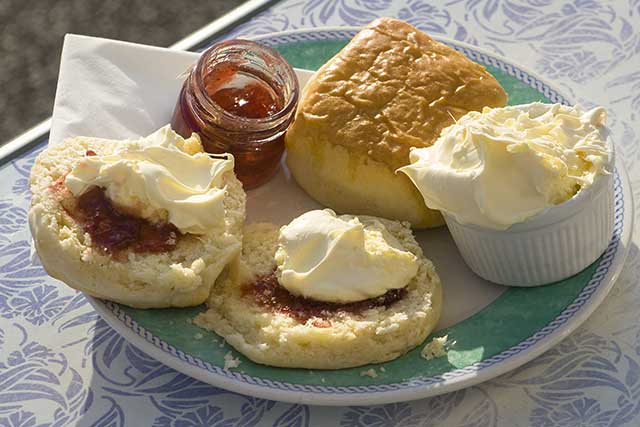
As with any food, you can use clotted cream however you wish. Since it tastes so good, some people even enjoy it by the spoon.
However, here are a few different ideas for ways you can use it:
1) With Fresh Berries
While it isn’t quite the same as regular (liquid) cream, eating fresh berries alongside a thick dollop of cream tastes great.
2) Scones
The classic or “traditional” way to eat clotted cream is with scones and strawberry jelly (jam). This is the way in which most people in the UK consume clotted cream.
3) Clotted Cream Scrambled Eggs
For arguably the tastiest scrambled eggs of all time, clotted cream can give eggs a thick and fluffy texture with a delicious taste.
To make these, just add a little clotted cream to your favorite scrambled eggs recipe—you only need a small amount, like one teaspoon.
Where To Buy
Clotted cream can be hard to find in the United States, but some Whole Foods stores sell it. Additionally, several online stores (like Walmart and Amazon) sell it, but the price can be a little on the expensive side.
If you can’t find a reasonably priced option, it may be worth searching for a recipe to make it at home—you only need one ingredient: heavy cream.
For those who live in the UK, it should be possible to find clotted cream in almost any larger store for a reasonable price.
Availability in other countries will vary, but checking local import shops or doing an online search may help you find it.
Summary
Clotted cream is a delicious dairy food, and it is worth trying at least once for those who have never had it.
Although the nutrition profile isn’t anything spectacular, it is an excellent source of vitamin A. On the downside, it contains large amounts of calories and saturated fat per serving.
Overall, it is one of those foods worth trying for the taste, but one that you shouldn’t consume too often.
For more on dairy foods, see this guide to delicious heavy cream substitutes.

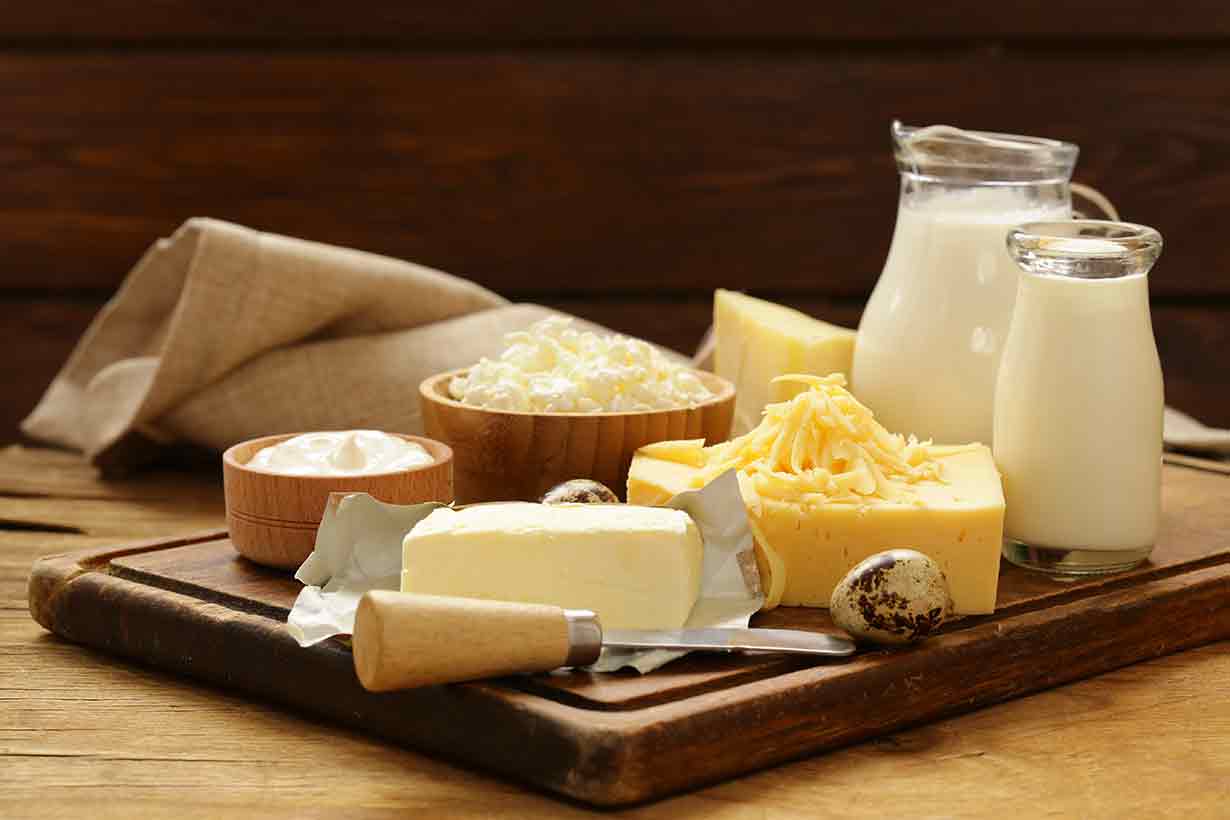
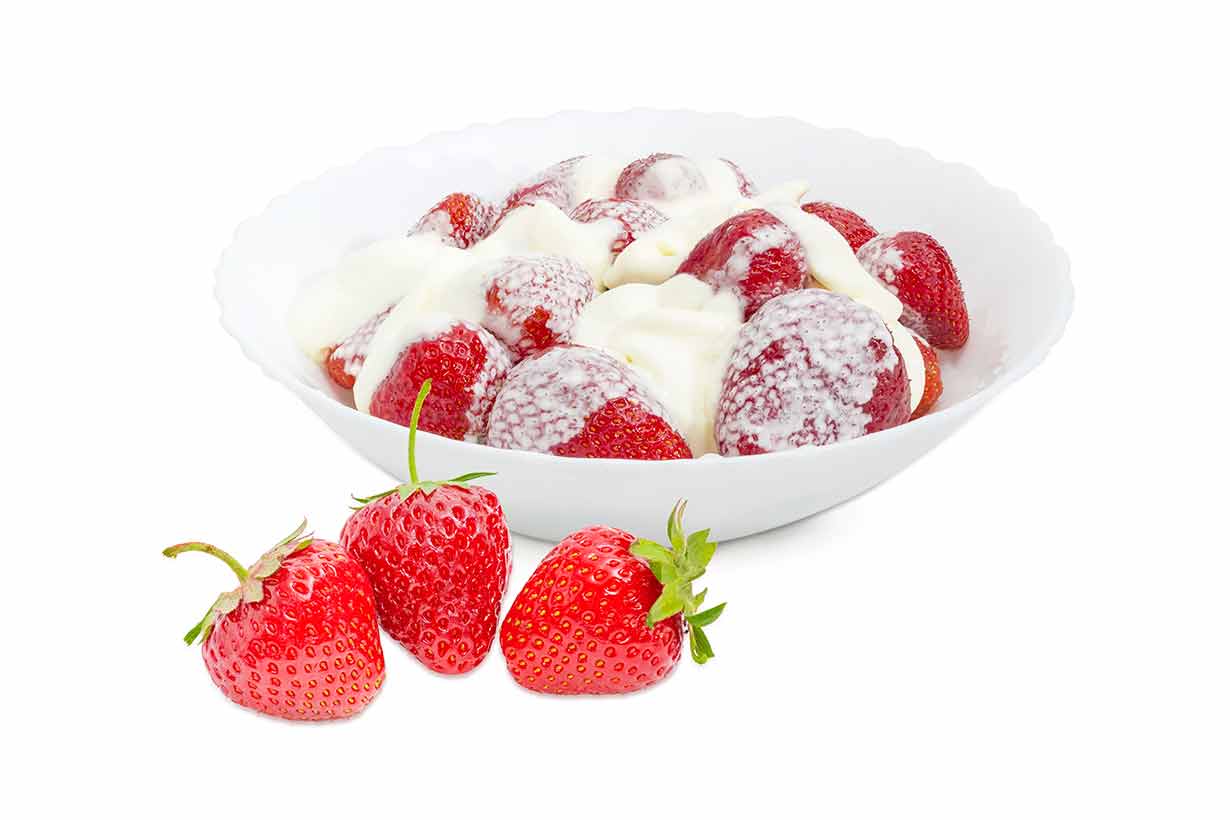
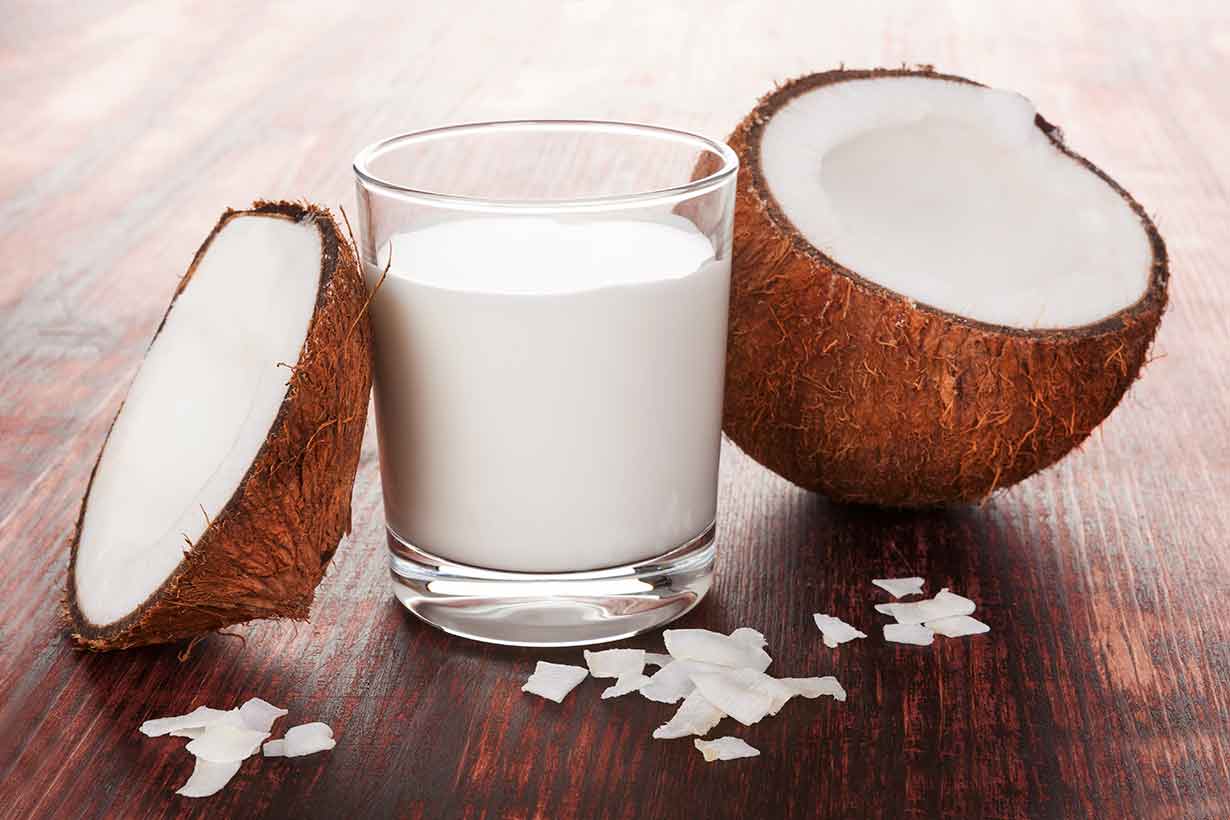
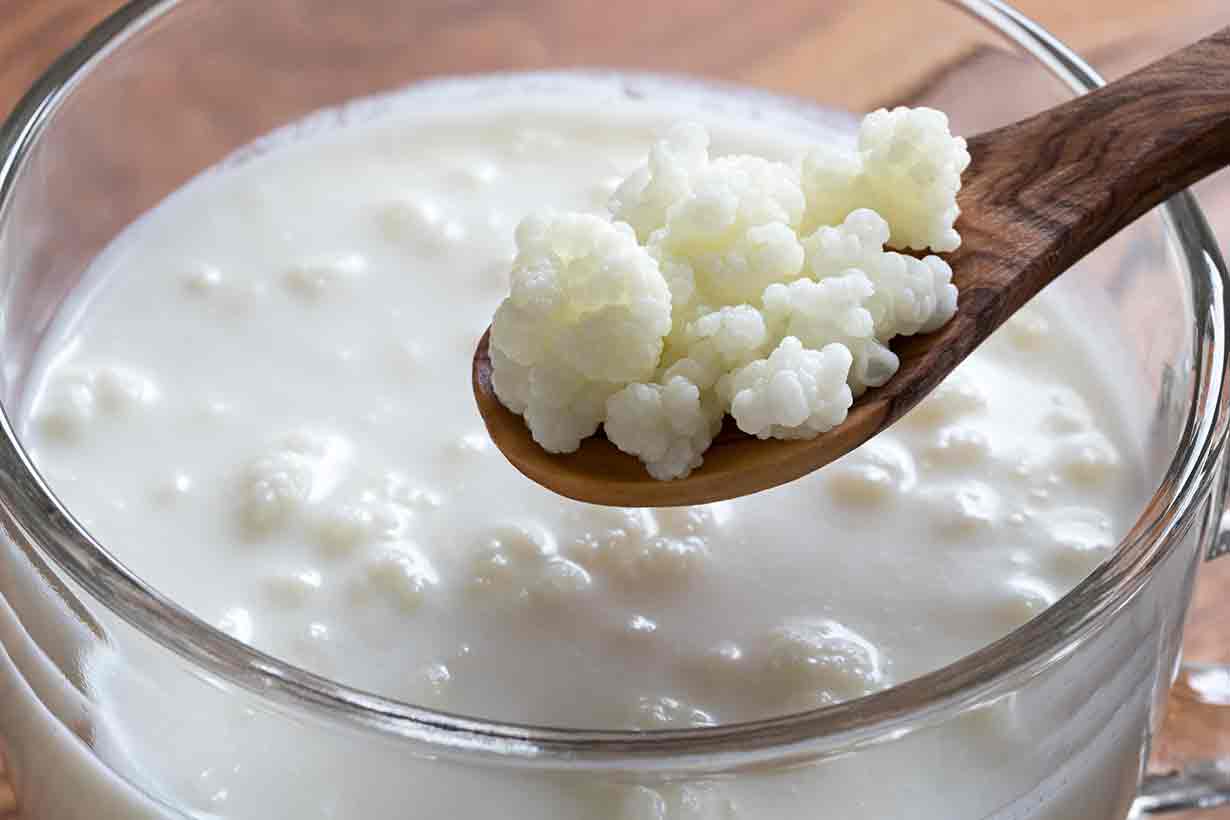
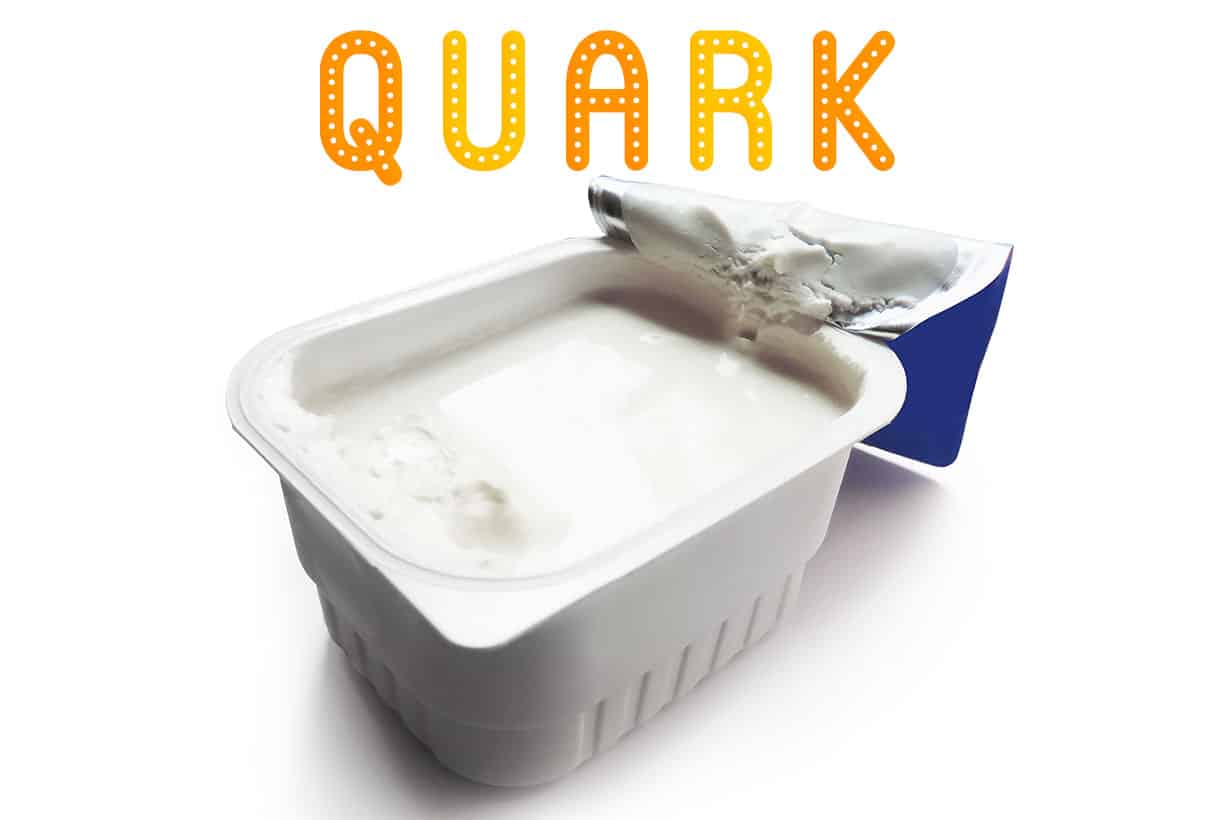
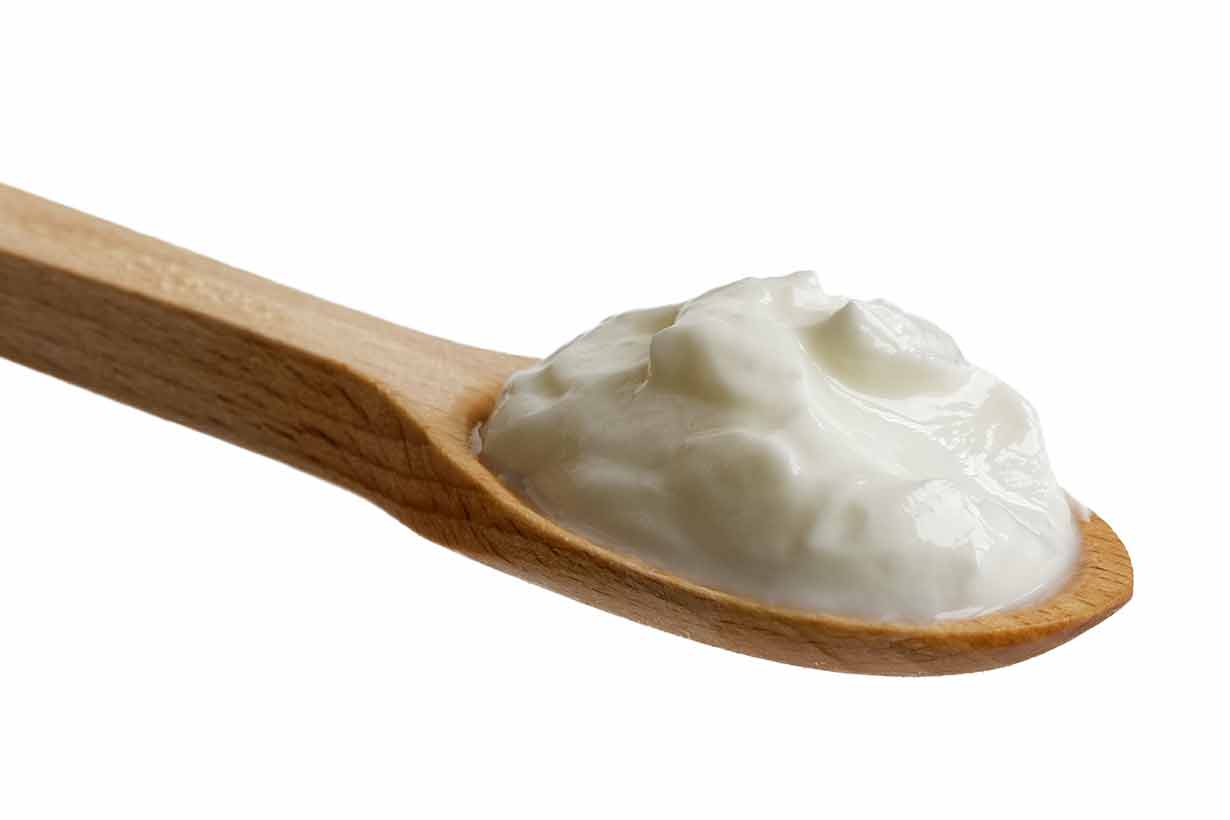
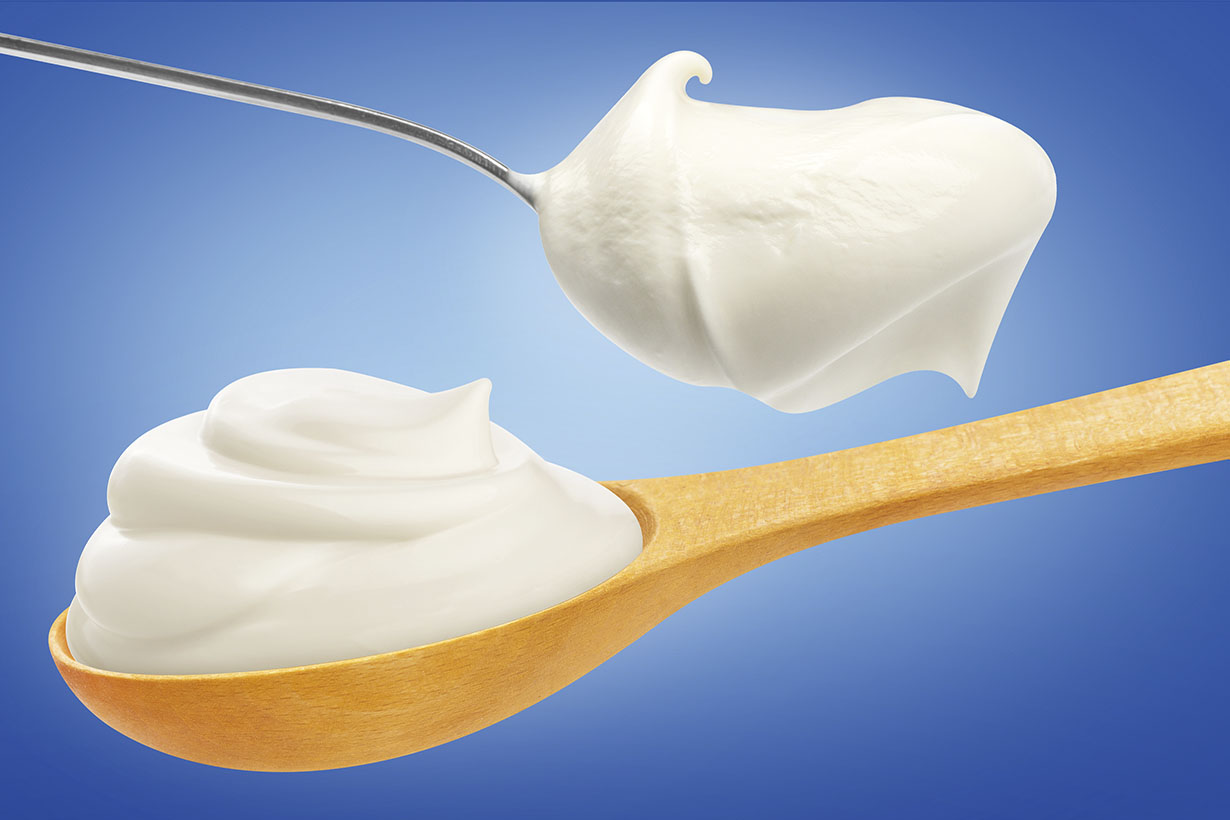
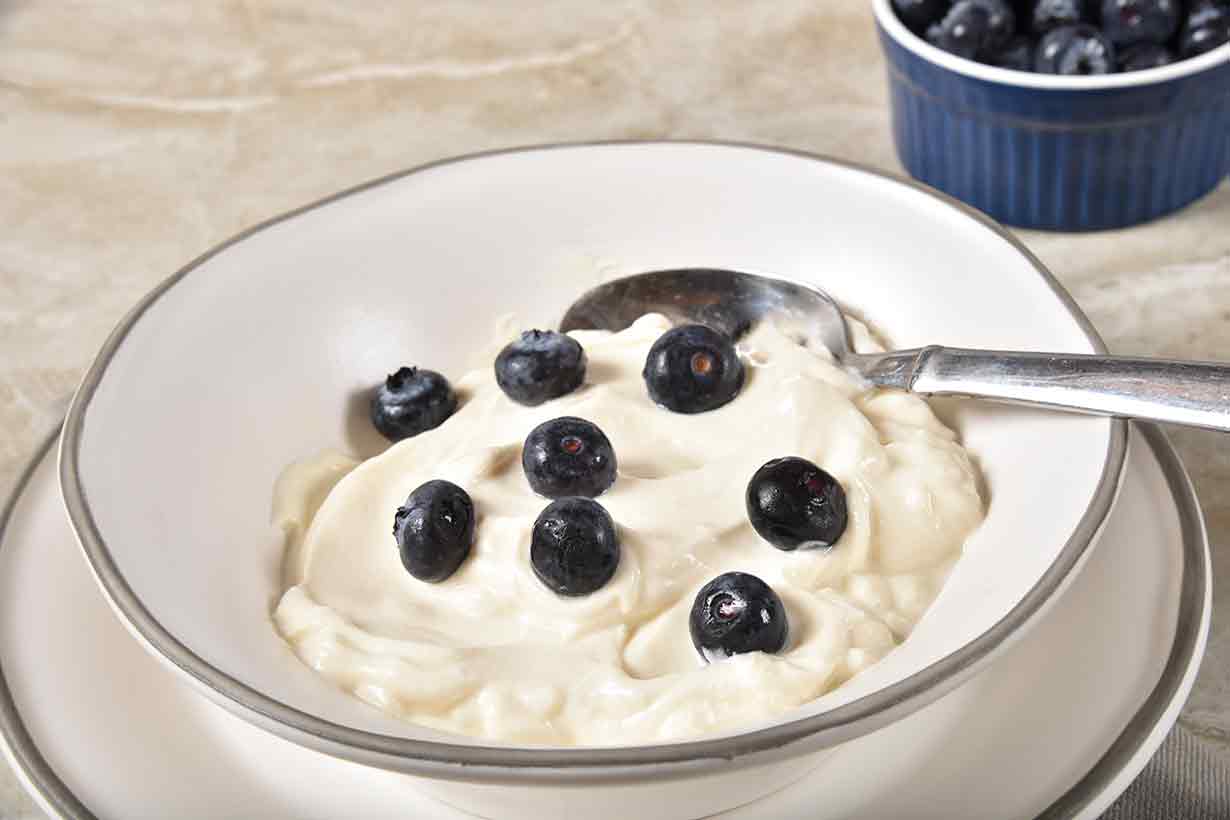
IMO best eaten with succulent, juicy, sweet English strawberries in June. A favourite at Wimbledon!!
Agreed! It works well with raspberries too.